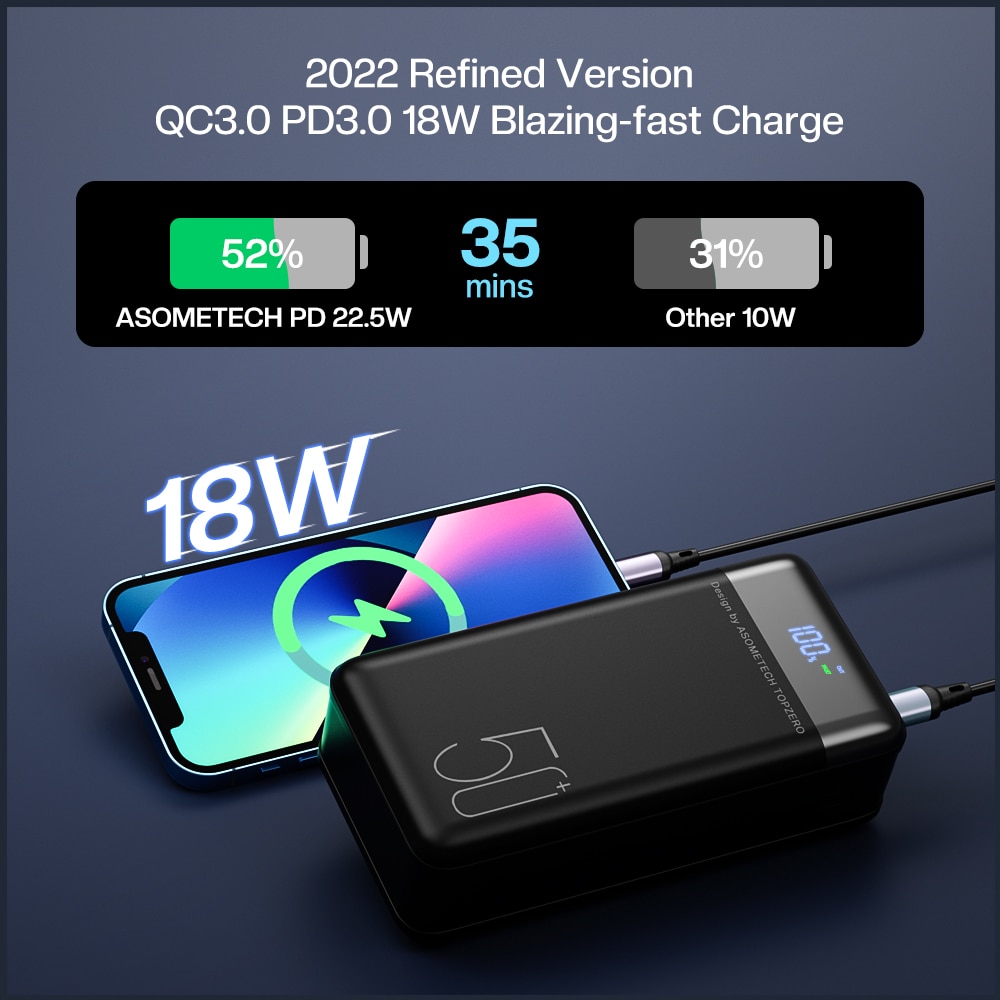
SLR cameras, digital cameras or phone camera - what is the best way to take pictures?
Photos stop time in the frame. It is thanks to them that memories of wonderful moments can be revived even years later. Despite the fact that today we widely use filmmaking, graphics do not lose their value and are still an important part of the life of almost every person. We record meetings with friends, beautiful shots and landscapes or important events - the camera is almost everywhere with us. The only question is what to photograph. SLR camera, digital camera, or maybe just a smartphone?
Each of these devices have their pros and cons when it comes to photography. So the choice is up to each of us individually. Everyone has different preferences in this regard. Before making a decision, think about how often you take photos, what you need them for, and what quality you expect from them. This will allow you to make the right choice.
Smartphones - always at hand
Are photographs part of your daily life? Do you use any occasion to capture the moment in the frame - for example, on the way to work or university, while shopping, during spontaneous meetings with friends ...? So for you, buying a DSLR will be just an extra burden. But your smartphone is always with you - after all, it serves not only as a camera, but also as a kind of "world control center". Just take it out of your pocket and shoot whatever you want to record: take a picture with a long-lost friend or public figure, catch a beautiful rainbow that suddenly appears in the sky, or scribble on a funny poster. Your smartphone also allows you to share or save photos to the cloud almost immediately, while accessories such as smartphone lenses allow you to capture interesting macro or fisheye shots.
On the other hand, it is worth remembering that the camera matrix in a smartphone, even in top phones, does not provide such opportunities for manipulating settings as a professional camera. There is also a problem with lighting when taking photos after dark or in dark rooms. So this is equipment designed primarily for everyday use. You also need to remember about the battery: constant photography will quickly discharge it, and you (if you don’t have a power bank or outlet at hand) lose the ability to use your phone. So if you often photograph, it is worth arming yourself with more professional and advanced equipment.
Compact or SLR?
When your approach to photography becomes a little more professional, you will need equipment dedicated exclusively to this purpose, i.e. a camera. Today, digital options are most often chosen. instant graphics cameras they seem to have a second life and are a frequent choice of enthusiasts and artists. However, if you take a lot of photos, it's worth betting on digital options. But in order to choose the right digital camera, you still need to know which one. You can choose from both compact camerasand more professional SLR cameras. How do they differ and which type to choose?
If your camera will be used primarily during vacations and sightseeing, you should consider its functionality as well as your comfort. The size and weight of a compact camera are factors that should convince you to choose this solution. A more streamlined and lighter design makes it easier to carry - a comfortable camera can, for example, be hung in a bag around your neck or on your arm and reach for it whenever you want to take a picture. You will find models with a built-in battery (most often they can be charged from a power bank), as well as with standard AA batteries. You can expect good quality photos and that the background will always be sharp. You also have the option to set basic parameters such as shutter open time, light exposure duration or color balance. Photographing on the move can be problematic because the compacts react to the shutter button with a slight delay.
The most professional of all types of cameras is the SLR. In order to take good photos with it, it is worth learning the basics of plotting - so that you can set all the parameters of the lens well. Importantly, the lenses in the DSLR can be changed - adapting them to the specifics of the photographs being taken (wide-angle, ideal for close-up photos, fisheye, panoramic ... there are a lot of possibilities), and the distance between the flash and the tip of the lens prevents the effect of "red eyes". You will see a preview before taking a photo not only on the LCD screen, but also in the traditional "window" - which can be a lifesaver in intense sunlight. However, it must be remembered that the DSLR is larger, heavier and requires a minimum of skills to make the photos taken with it look good.
As you can see, the choice of shooting equipment depends on individual preferences. So you should take into account your own needs and ... choose wisely - so that the equipment meets expectations, and at the same time is not, for example, an expensive and unnecessary gadget, the potential of which will not be used.
